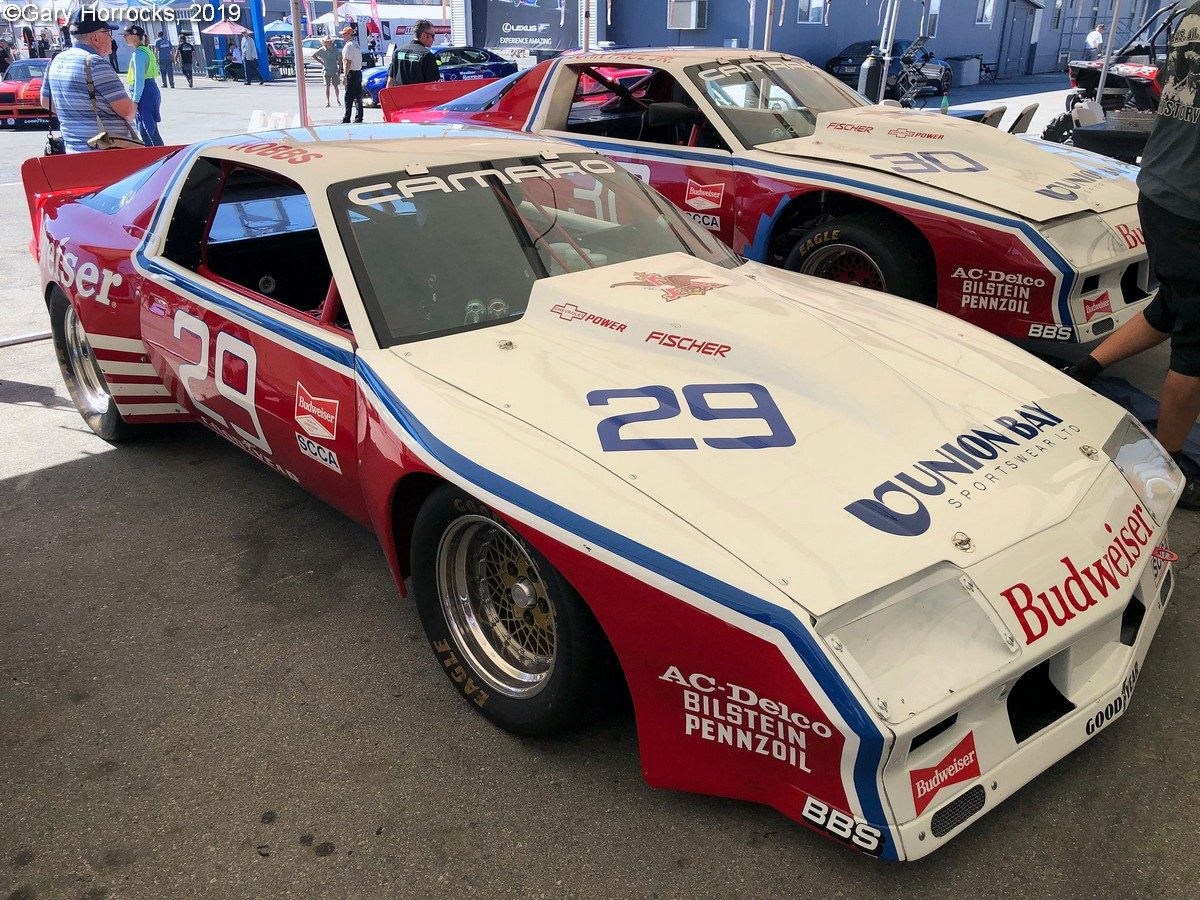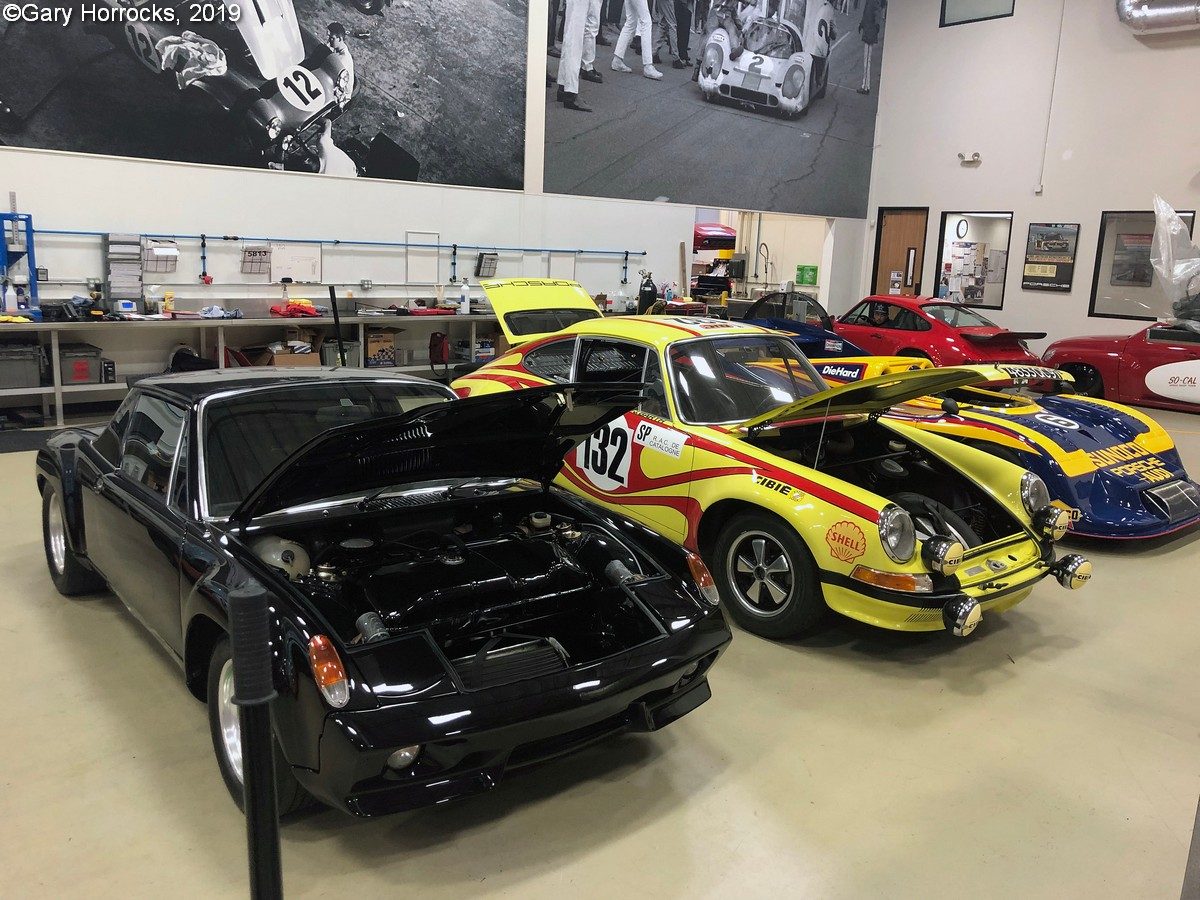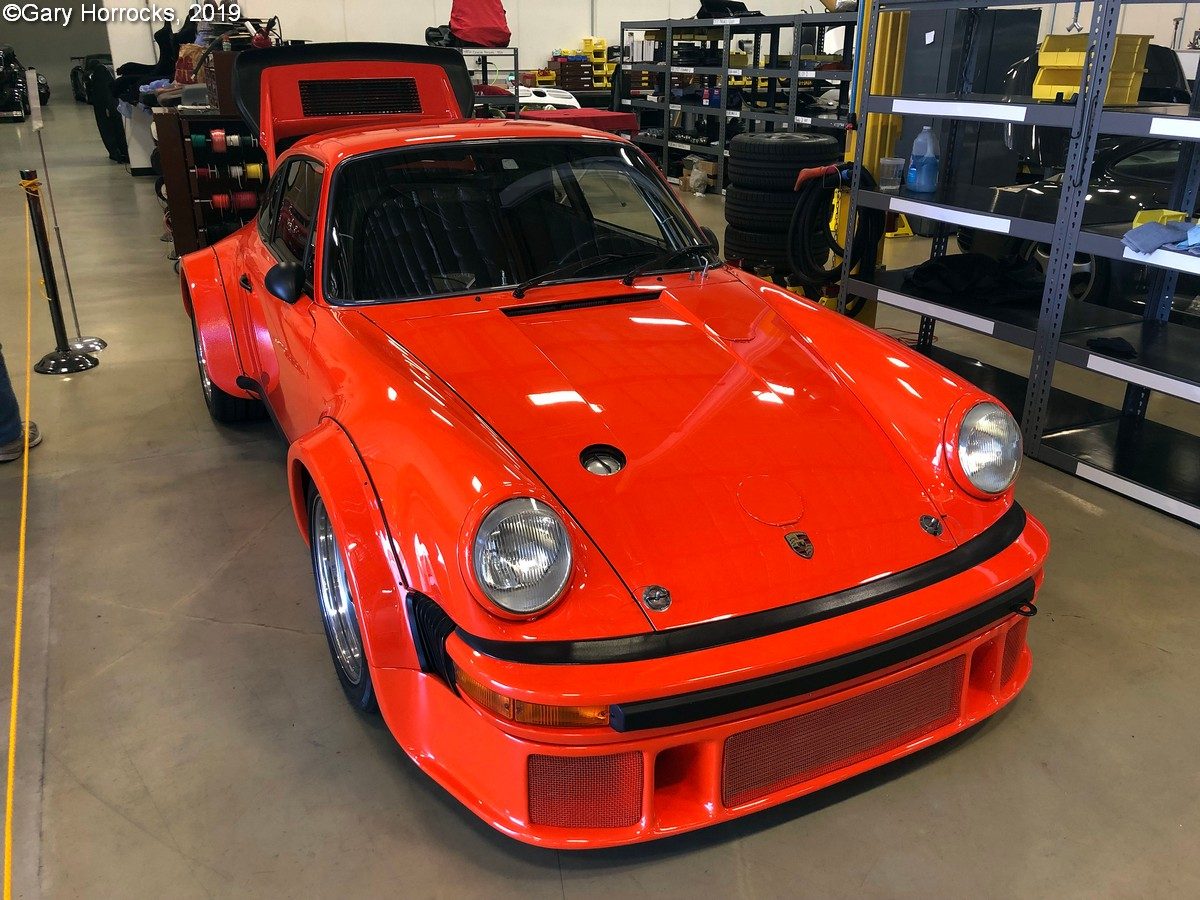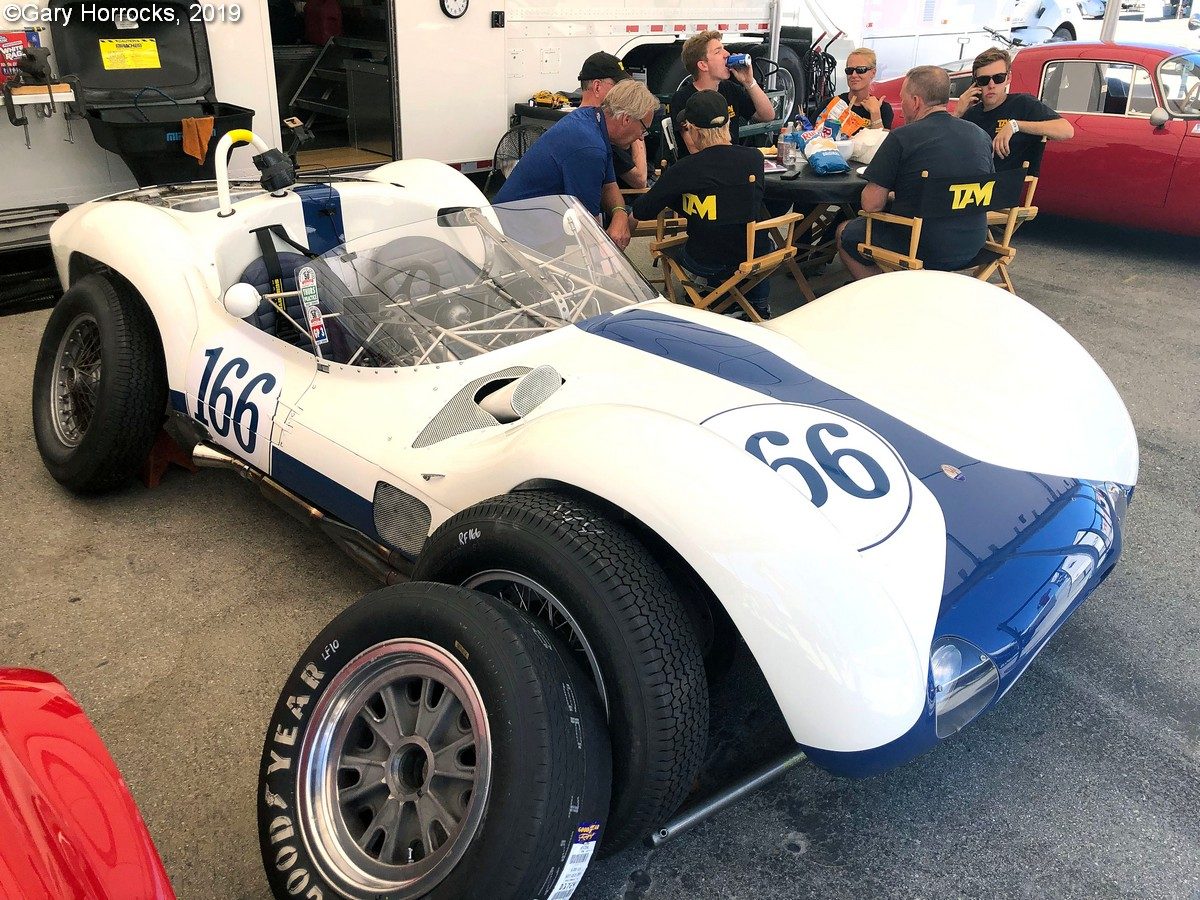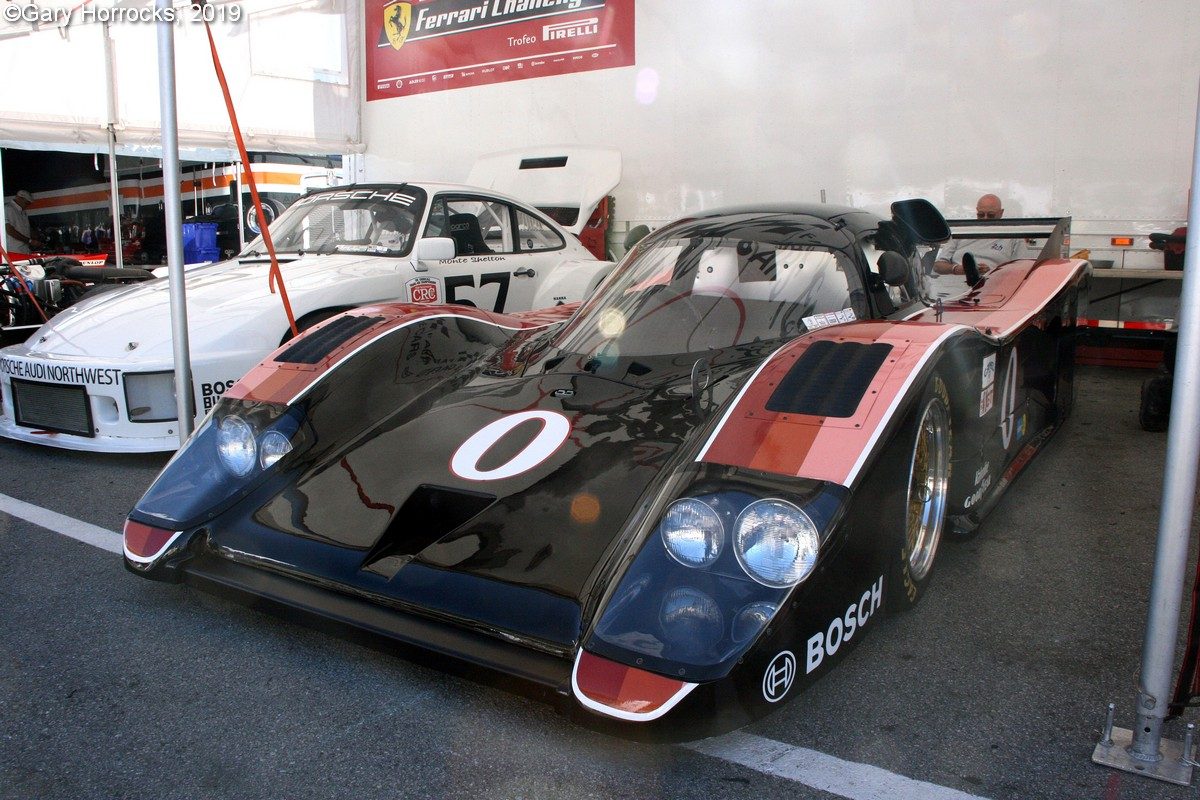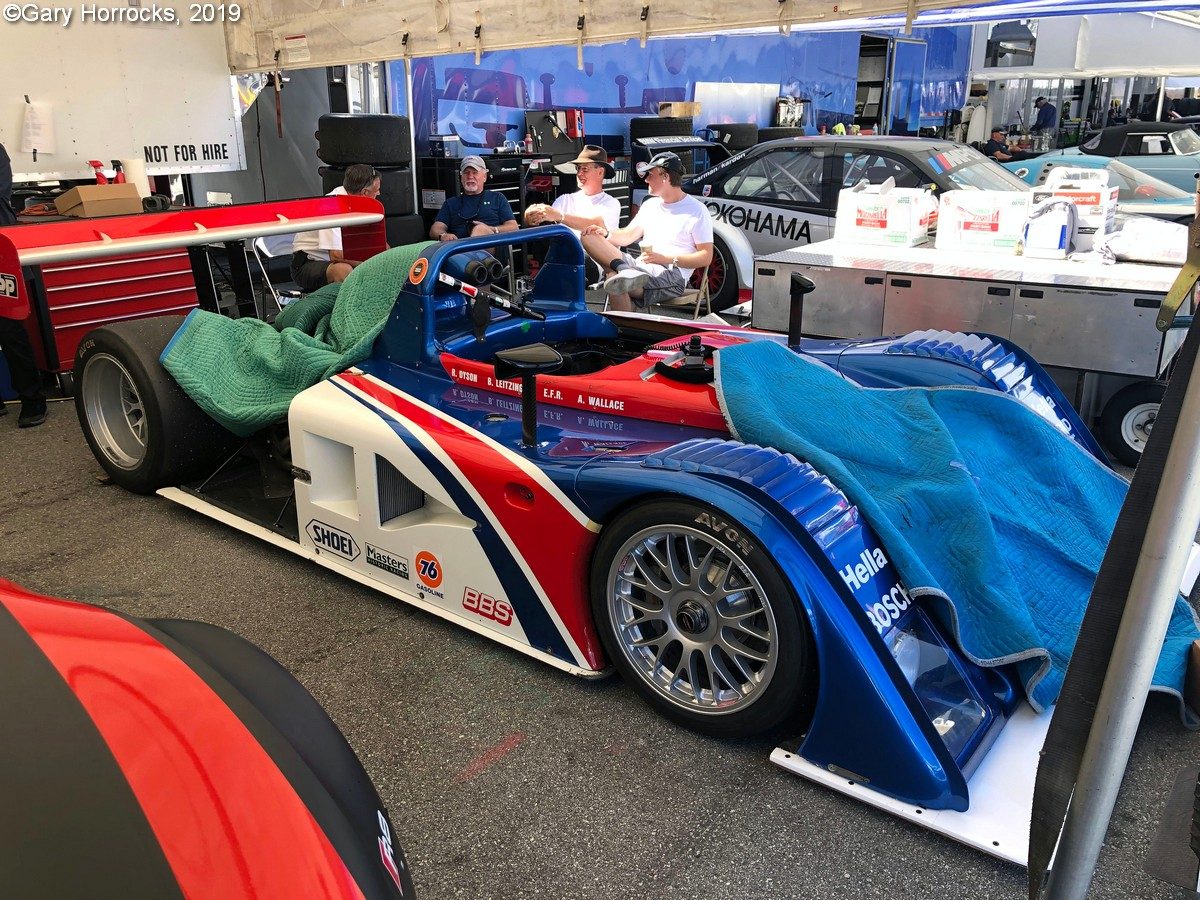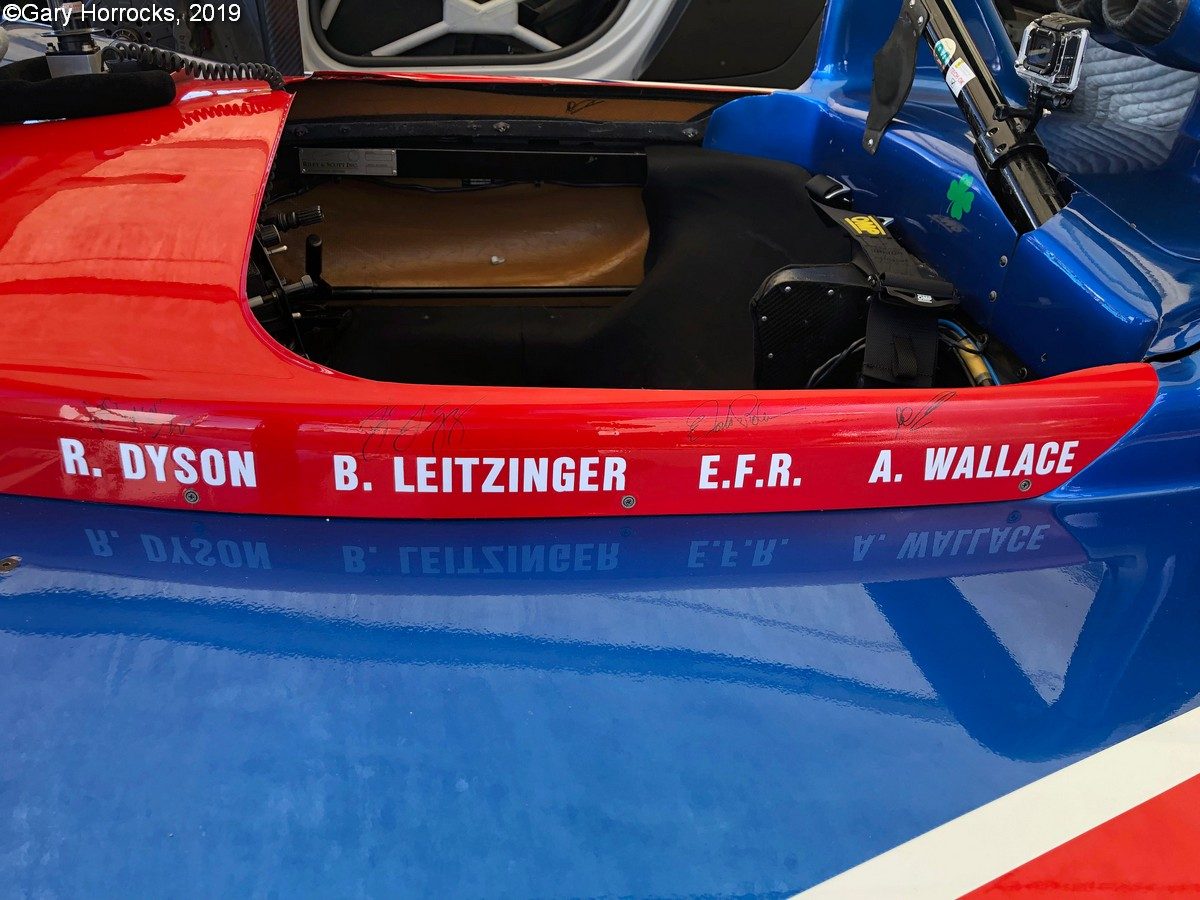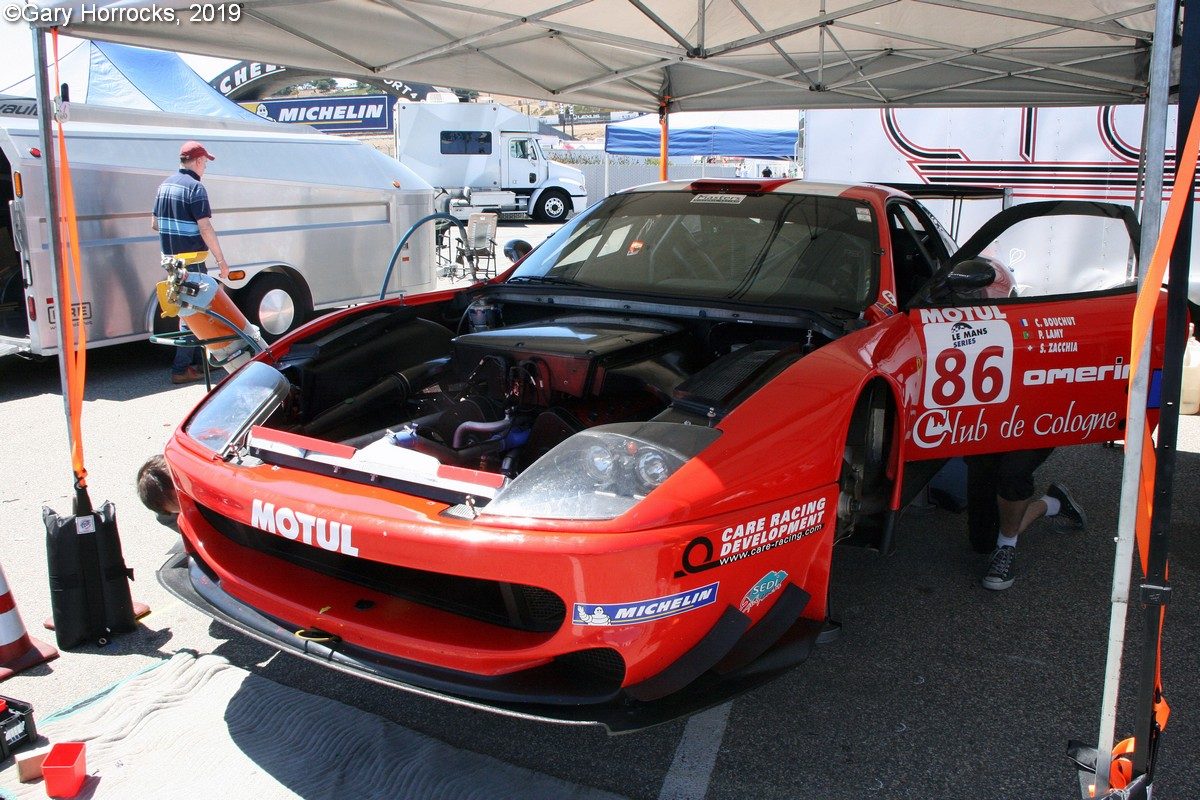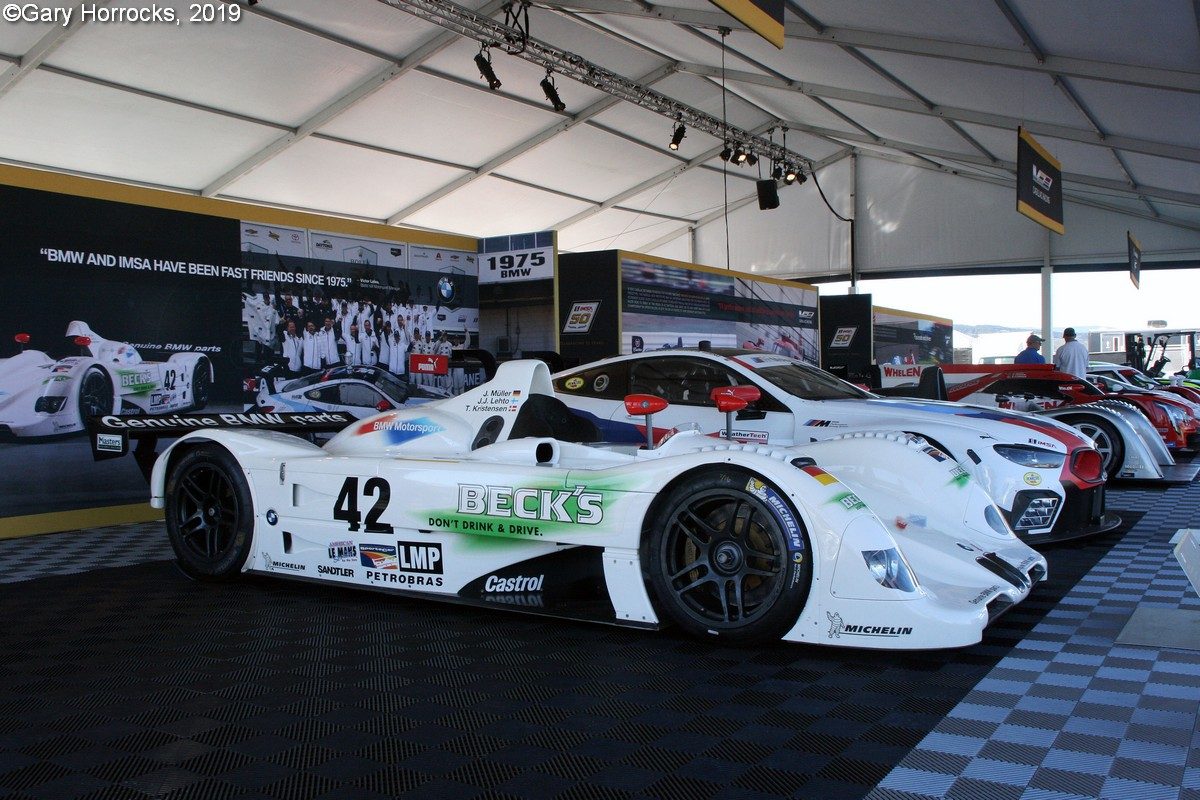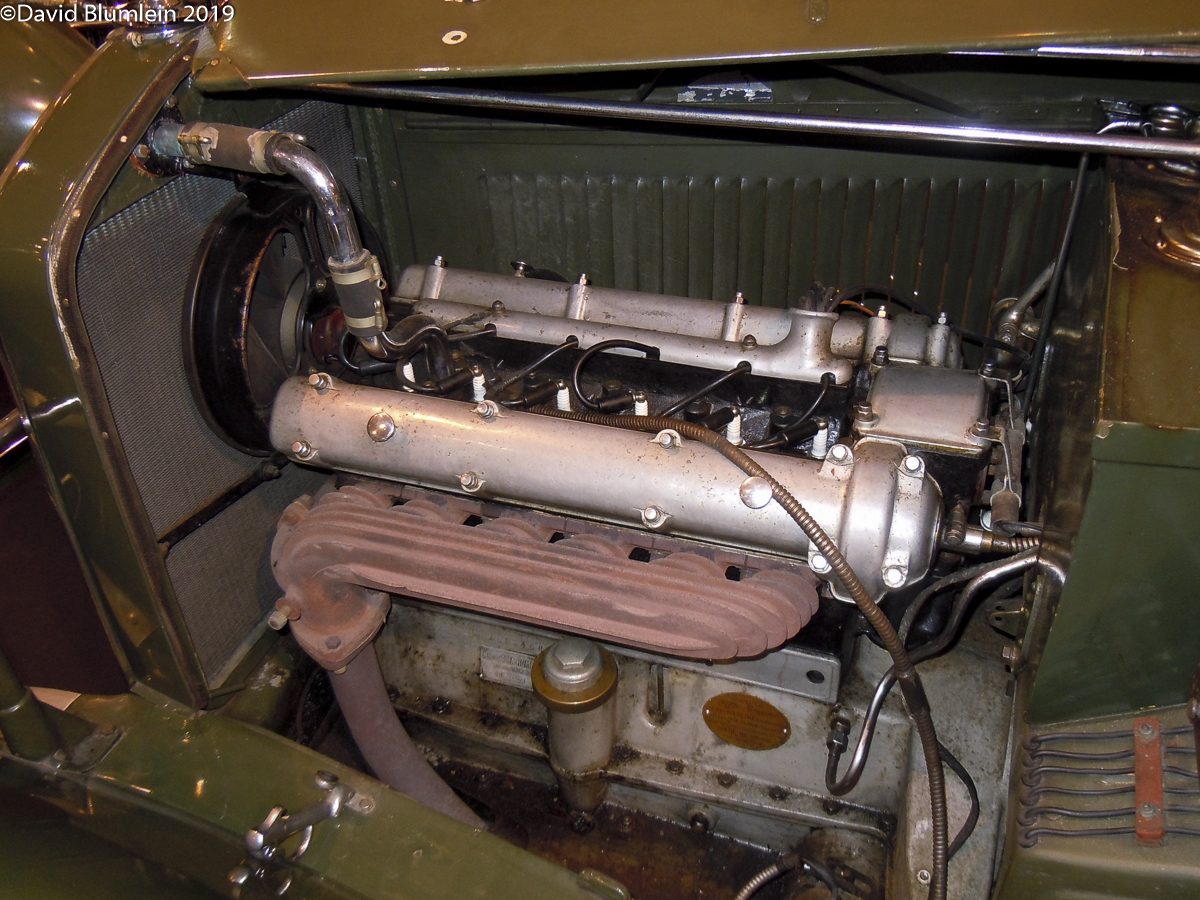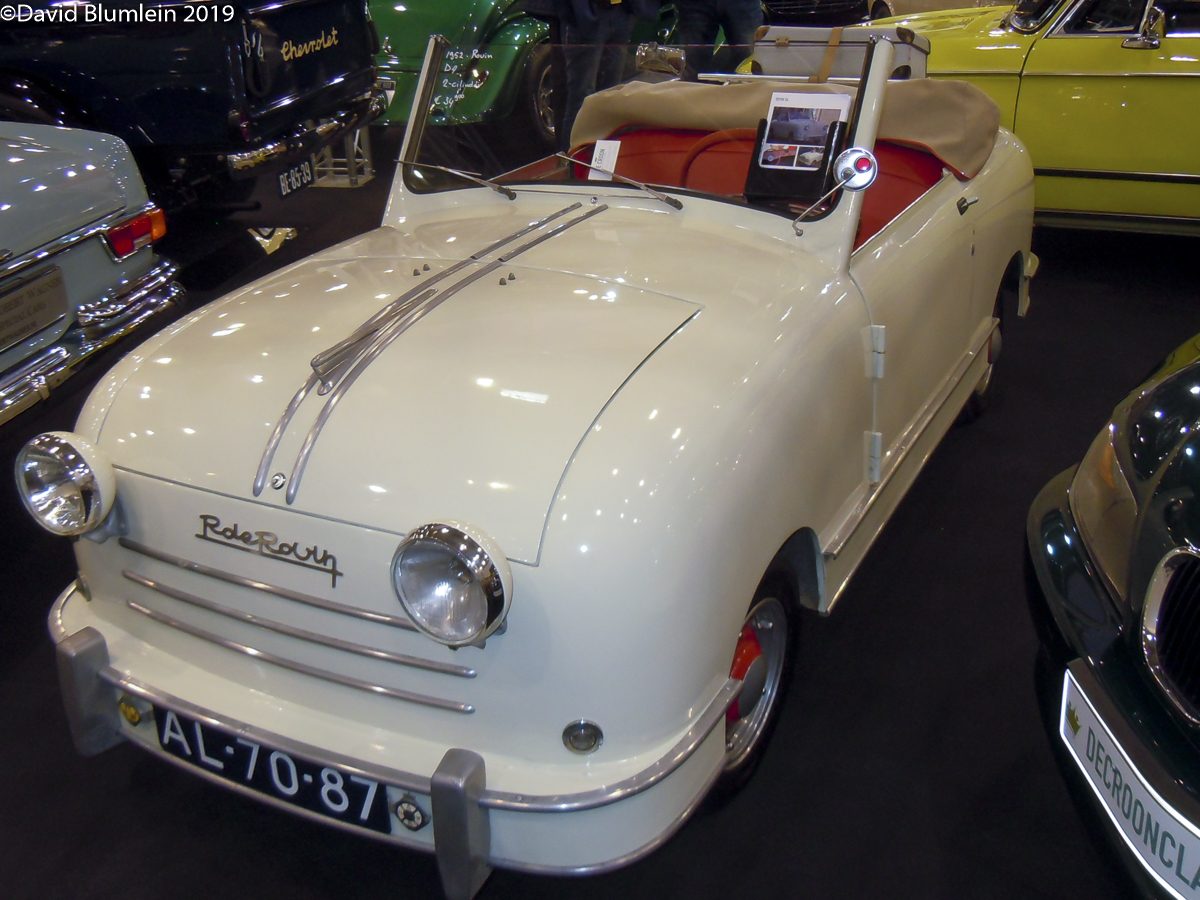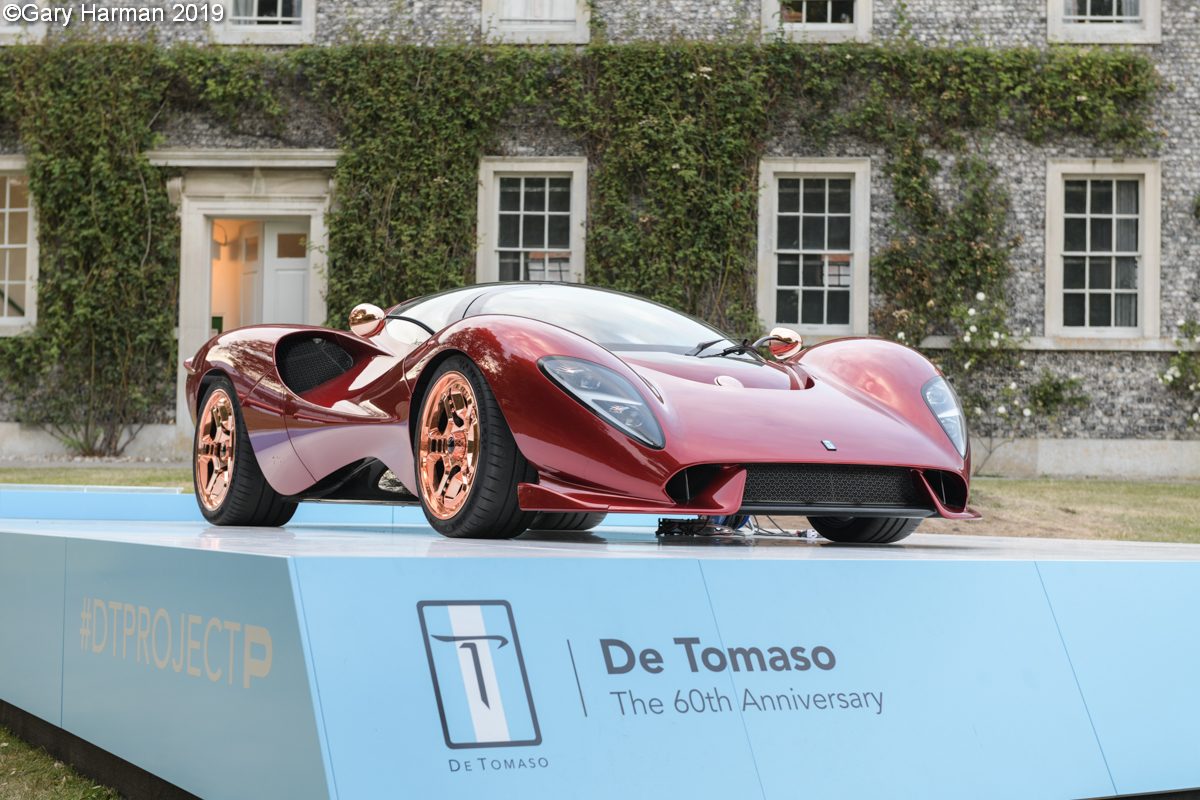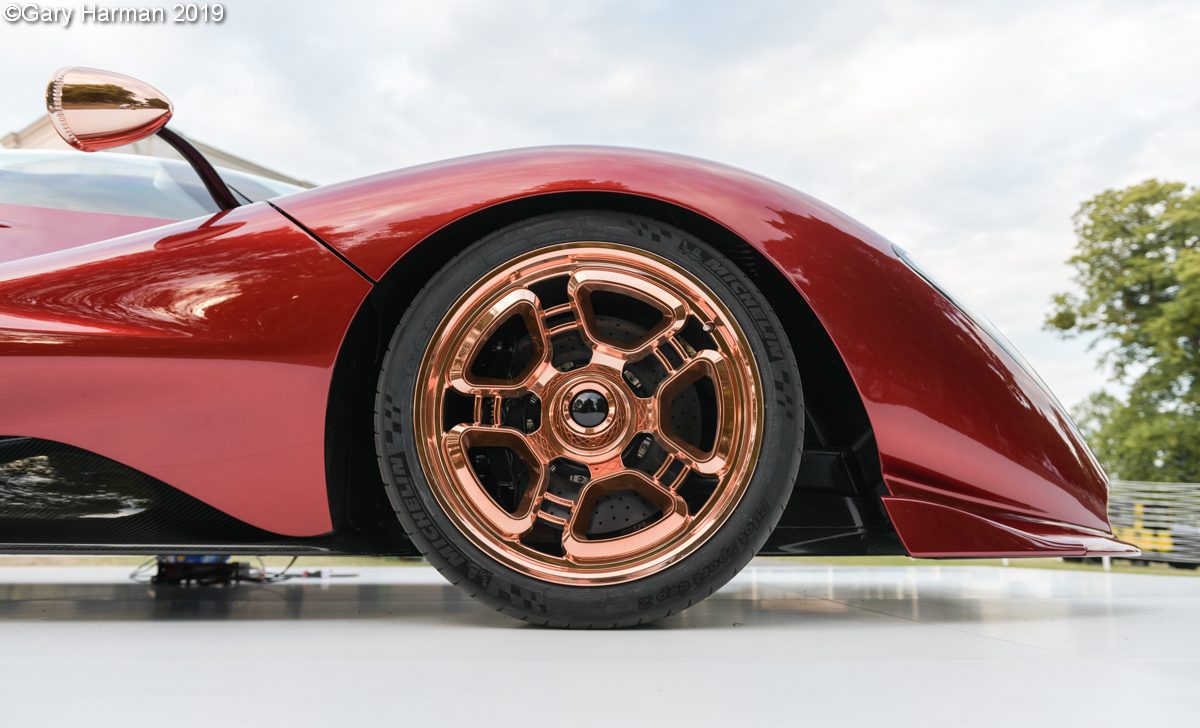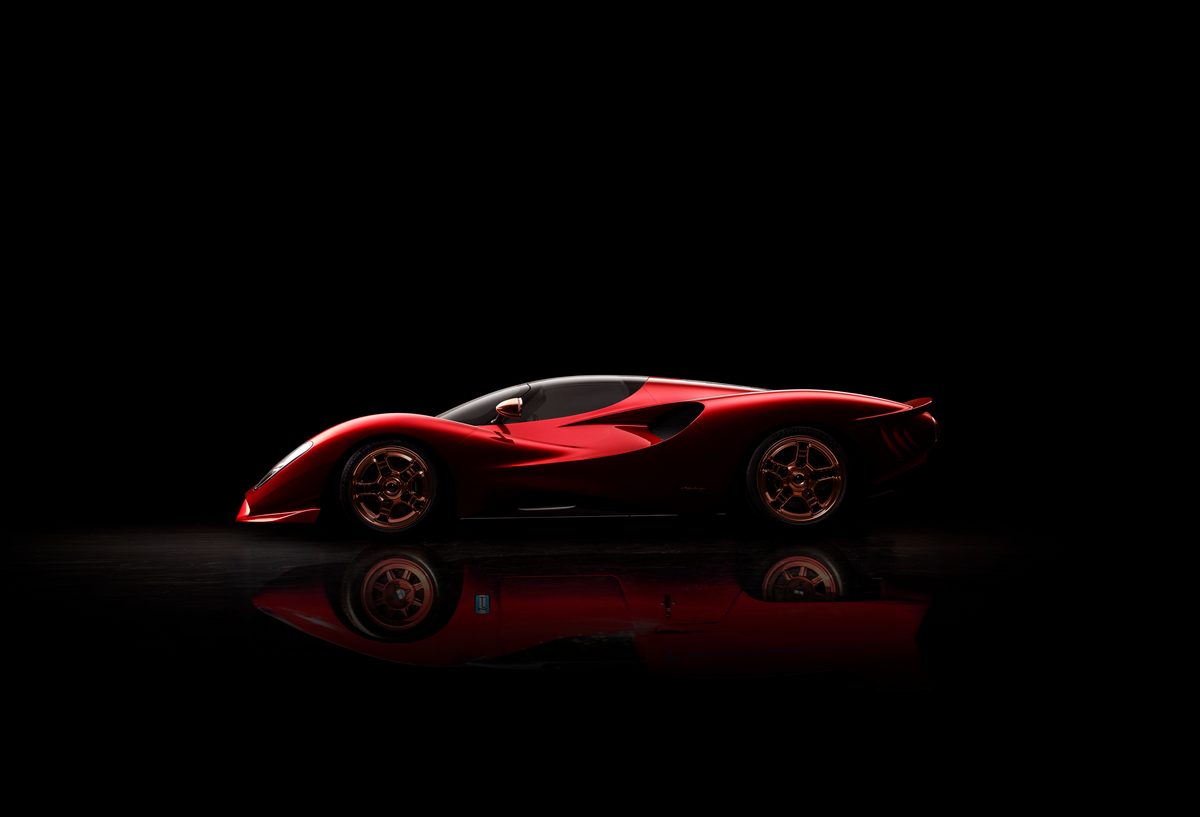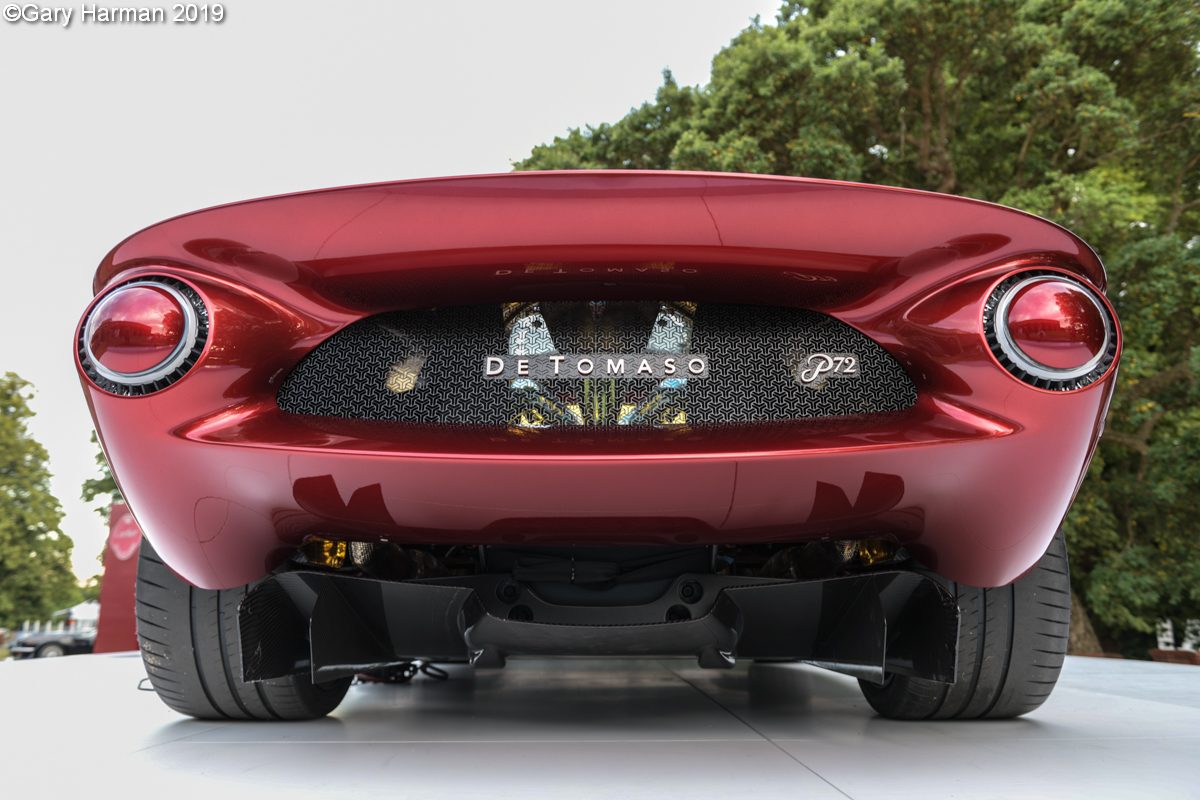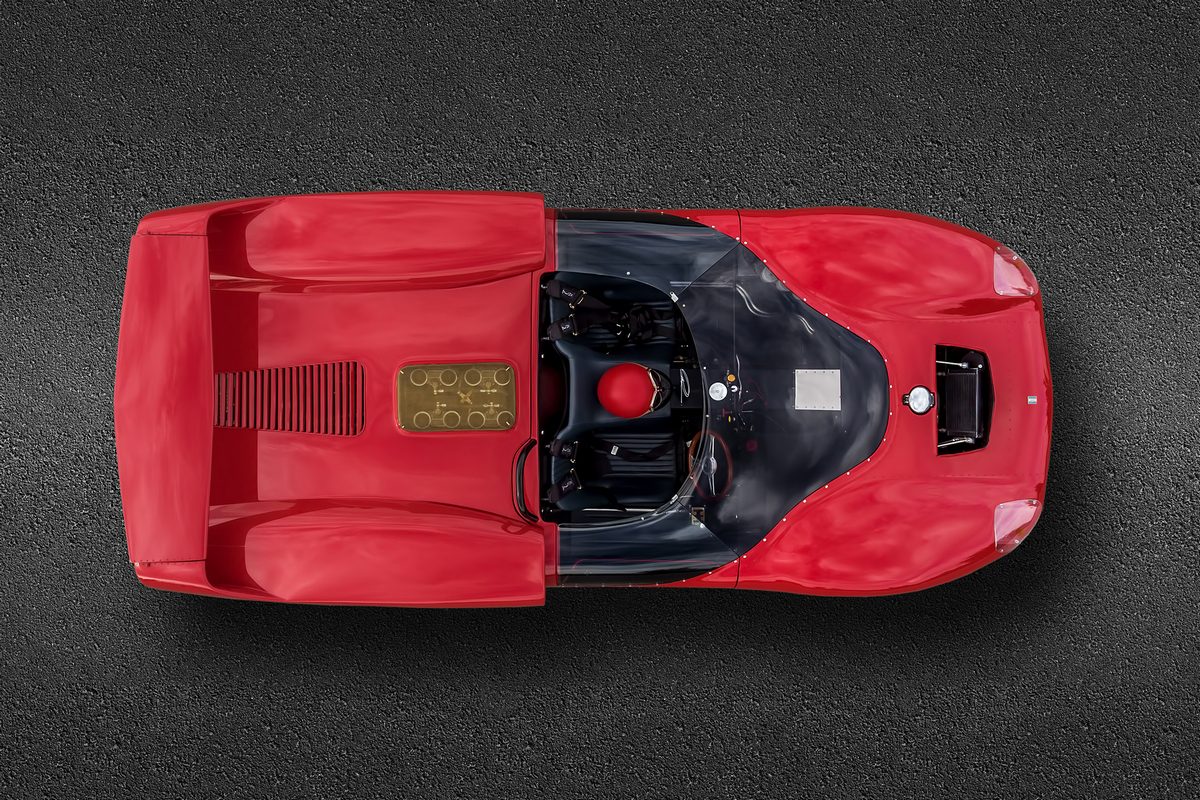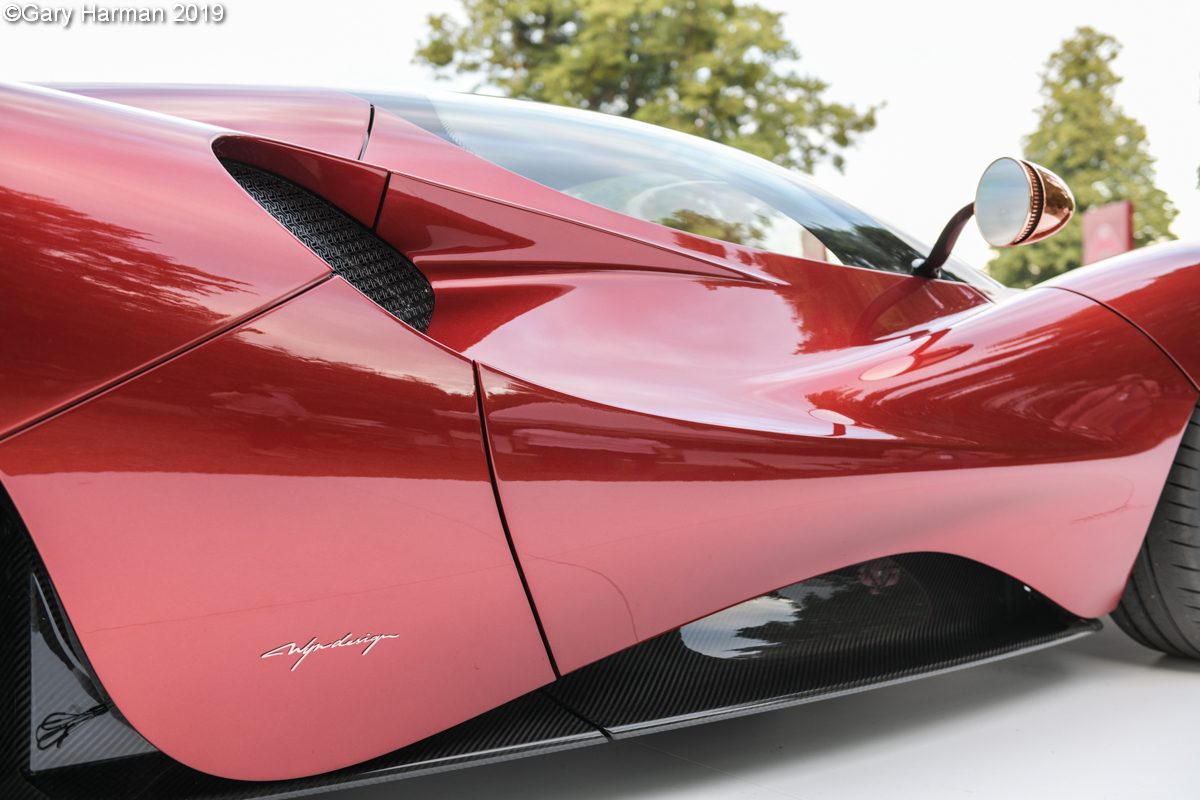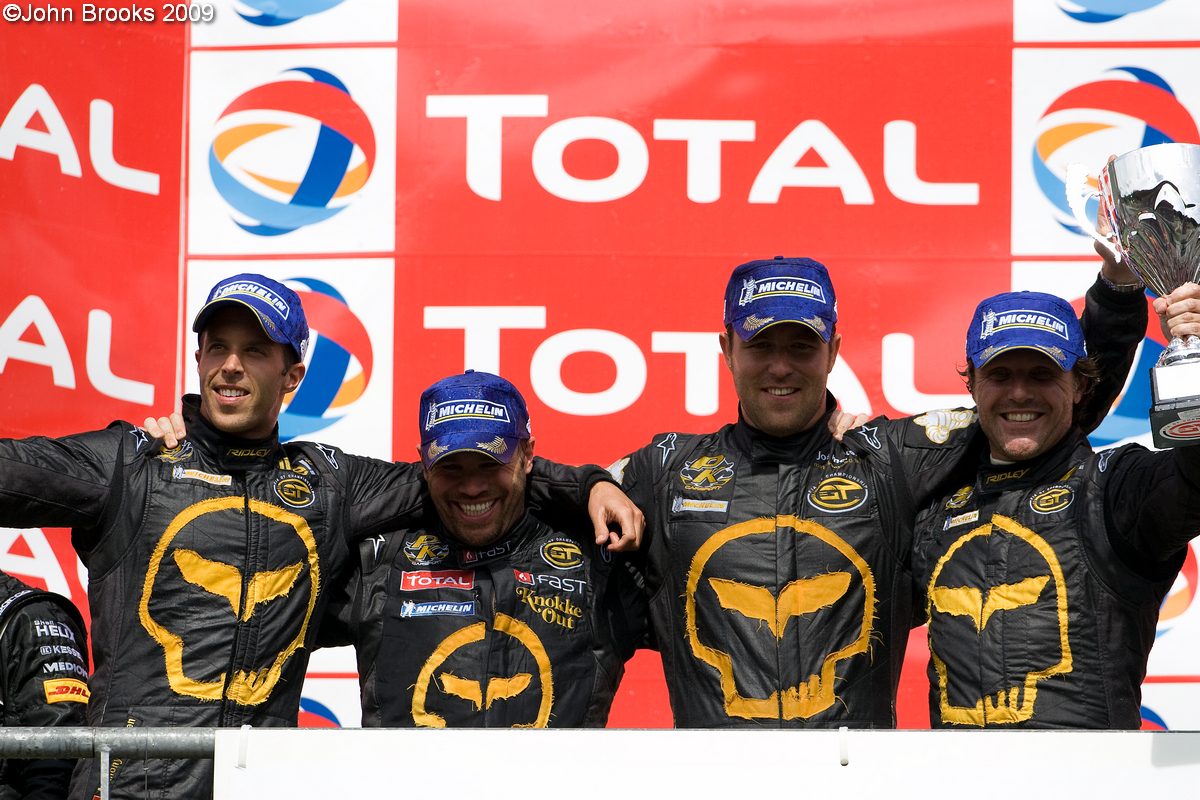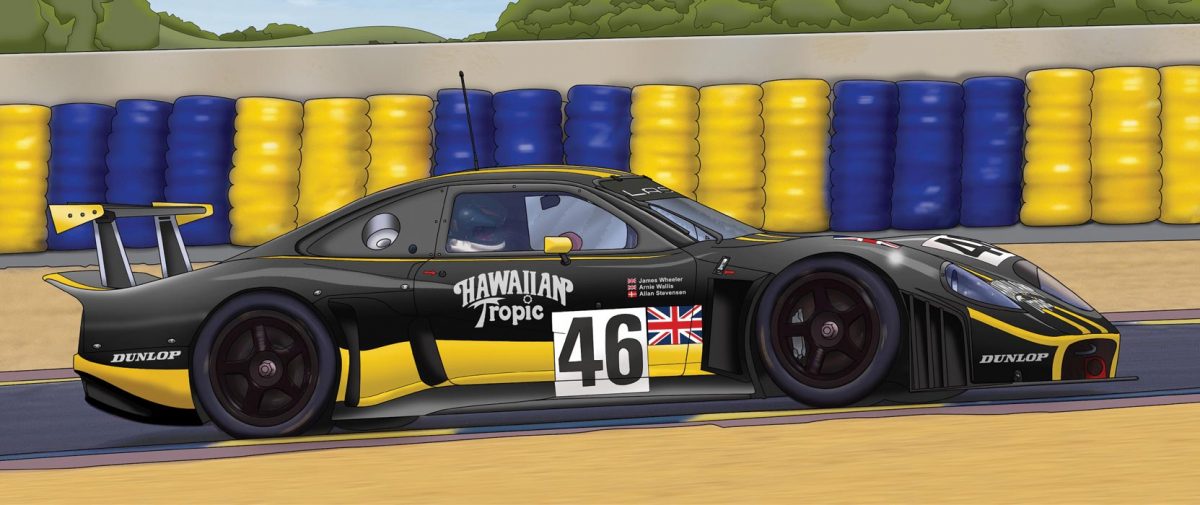One of the many pleasures of running things at DDC is how old friends pop in and contribute. Gary Horrocks will be a familiar name to anyone who has followed IMSA since Doctor Don revived the show at the turn of the century. Gary was of the stars in the world of DailySportsCar.com – his reporting of the American Le Mans Series was top notch, keeping absentees like myself informed and entertained in full measure. When he offered to give us a flavour of the scene around Monterey earlier this month, I jumped at the chance.

Laguna Seca under any name has always been a favorite track of mine. I’ve been going there on an off and on again basis since 1984.

Even after covering the ALMS and Grand Am series from 1999 thru 2016 and being at so many different tracks, any trip to Laguna almost felt like going home.
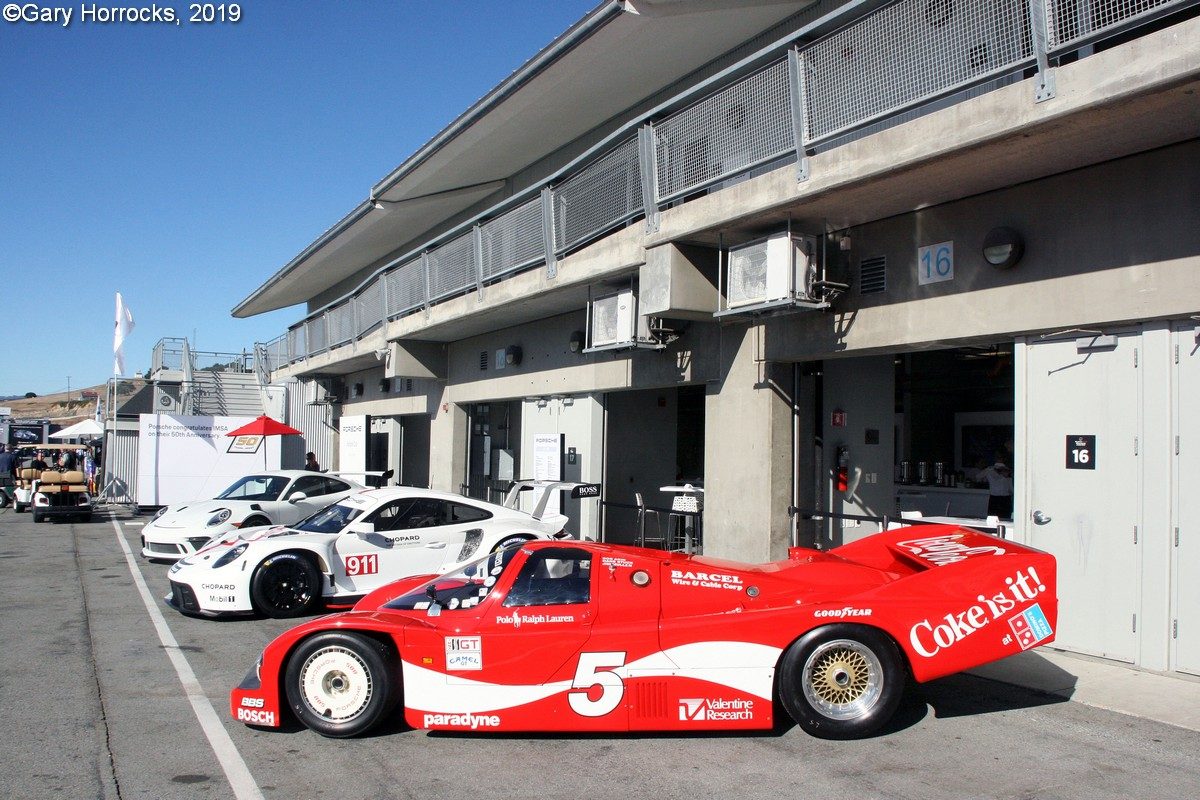
When it was announced the featured “make” at the Monterey Historics was to be IMSA, I knew one way or another it was to be on my schedule. 50 years of IMSA sounded awesome. Well, it wasn’t pretty, but I did manage to take in the sights and sounds for a day at least…

First of all, I opted to not apply for credentials – I didn’t expect to be “working” although eventually I did accomplish some work. That brought on sticker shock – $90 for a Friday only ticket. It was an additional $120 for Saturday.

I’m sure there were packages available and such, but with prices like this, well yikes. Then on top of that you have the business principle of supply and demand shining thru in regards to hotel rooms. I saw a particular room I’ve used for the IMSA races at $170 a night up to a staggering $499 per night for this event. As if the area isn’t expensive enough. I’ve heard of many that are much better off than I that are staying away simply because of the expense. This week isn’t for the common folk anymore…

Any trip to Laguna typically includes stops at In-n-Out Burger (a double-double will do just fine) as well as a stop at Canepa Motorsports. During the week of the historics, their restoration shop is open for viewing and as always, their showroom and museum are open for your drooling pleasure…

This place is staggering. Again, not a place that I really belong in, especially now being retired, but a great place to see some unique and special cars. Thru the years that I’ve been visiting I’ve seen the inventory in both the showroom and museum change, but it seems that you can always count on the core being present.

Gulf 917? Check. Mass/Ickx 962? Check. Audi R15 plus? Check…

What was of most interest to me was the appearance of the John Paul Greenwood Corvette. This was the last of the line for Greenwood, but this Bob Riley car was the most extreme of a long line of extreme Corvettes. I’d seen the car in the shop in 2016, stripped to the bare frame and to see it complete now was a sight to behold. What a fantastic beast.
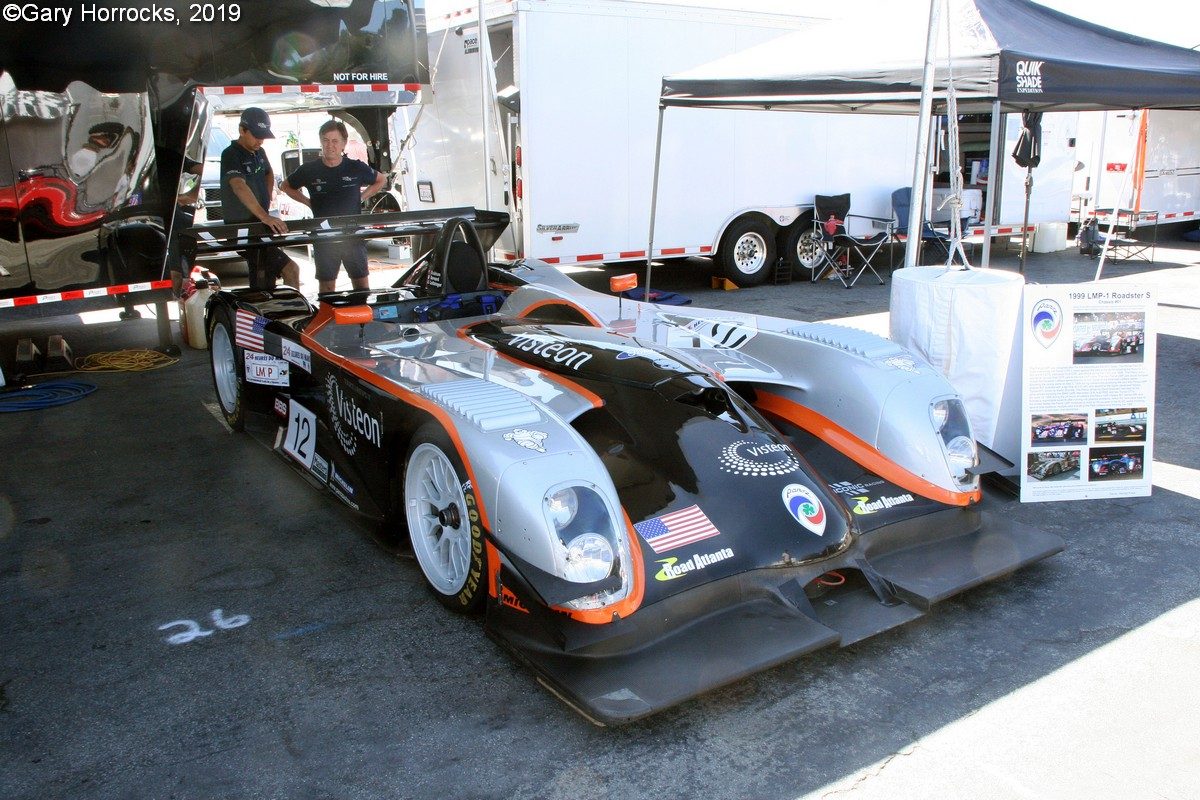
Anyway, on to the main event the Monterey Historics. Before arriving I’d stayed away from the entry lists on purpose – I simply wanted to be surprised. I guess the car I most wanted to see (and hear) again was a Panoz. Just one more time to see the beast in action. While it wasn’t the coupe as I’d witnessed at Laguna in ’97 and 98, it was none other than the full on wacked out roadster I feel fortunate to have witnessed in 1999 and later. Mags and Brabs could always be counted on to give it their all in the beast. Even though it was typically an Audi show back then, the Panoz was still something to behold. Good times…

Another highlight was Tommy Kendall’s RX-7. If my feeble mind remembers correctly, this car was originally constructed by Jim Downing, raced by Jack Baldwin to two championships and served as Tommy’s entrance into IMSA racing. All told, the car won 5 championships (Downing 1, Baldwin 2 and Kendall 2) in the IMSA GTU category. None other than Dan Binks was Tommy’s crew chief back then and thru much of his career. It was also Dan that was responsible for getting the car back in running order. Tommy said, “we just wanted to get it running. Mechanically it is great – Dan did a great job with it. Cosmetically we didn’t do much to it. It is as it last ran. We did vacuum up the cat fur out of the car though. My cat loved to sleep in the drivers seat when I was recuperating from my injuries. It was sort of my therapy buddy…” Dan added that the car is “quite slow when compared to today’s racing, even to a current street car. We only got a bit over 300 hp in it. That’s not much anymore.”

Even though there is a featured make, there are also other stunning cars in the paddock. In this case it wasn’t just IMSA. There are always an interesting assembly of F-1 cars, from back when the cars were unique and different. Even if the featured make isn’t your thing, it is still worth the effort. Just make sure you’ve the funds to make it work.
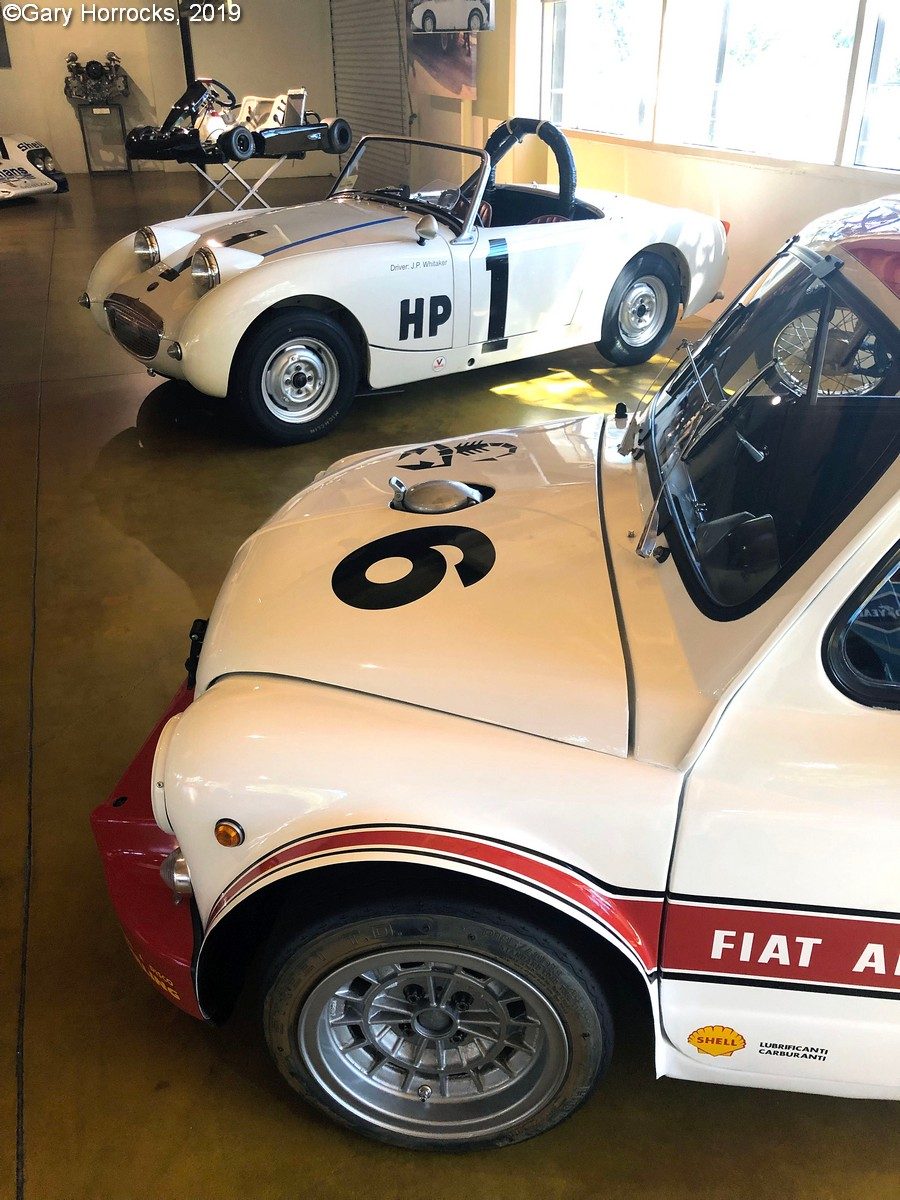
Anyway, what I was able to do didn’t disappoint. Sure, I’d have loved to have had more time at the track, but it just didn’t work out this time. At least I got one day at the track. Poor Brian Mitchell – he and his lovely wife Linda made the trip, only for her to take a tumble on a pedestrian bridge. The result of the fall was a wickedly messed up leg with multiple breaks. He spent more time in the hospital with her than he was able to be at the track. She faces a long recovery time – sadly she had just retired from many years of teaching. Keep them in your thoughts…
Gary Horrocks, August 2019


